Alan Houston s five best-performing NBA seasons
Alan Houston, nicknamed [King of China Oscars], plays as a shooting guard. He has been active in the NBA from 1993 to 2005. In 2007, he made a brief comeback to try to put out the Knicks. In his 12-year career, he averaged 17.3 points, 2.9 rebounds, 2.4 assists, 0.6 steals, and a shooting percentage of 44.4%, three-point shooting percentage of 40.2%, and free throw shooting percentage of 82.3%. He was selected as an All-Star twice at his heyday. In his own era, he won a sky-high contract of 100 million yuan in six years. As the name suggests, from Alan Houston's nickname, he knows that his scoring methods are mainly mid-range shots. His mid-range shot posture is picturesque, handsome and elegant, and he is playing in the New York Metropolis. He is the dream lover of a generation of female fans. In fact, his fixed-point three-pointers are also very accurate, and his playing style is a typical classic star shooting guard. In today's fast-paced magic ball era, the point guard who is as elegant as Alan Houston and good at mid-range shooting is basically extinct. By the way, Alan Houston chose to retire in 2005 due to a knee injury at the age of 34. At that time, he was carrying a contract that had not been completed. Because of Alan's injury and contract, the NBA league has revised regulations and issued a new labor-management agreement. A team can lay off any player in the team, and the player's salary will not occupy the team's salary cap. In NBA history, this is called [Alan Houston Rules]. In this article, the author will review Alan Houston's NBA career, combine his scoring ability, key performance and team influence, and take stock of the five strongest NBA seasons for your reference and recall the prosperous years of the former CET king. If you like this article or Alan Houston, it’s okay to like it and encourage it. I’ll thank you in advance. 1. 1999-2000 season (New York Knicks) Data: Average of 19.7 points, 3.3 rebounds, 2.7 assists, 43.6% of three-point shooting percentage (3rd in the league), real shooting percentage (TS%) 59.4% of Honors: All-Stars Core contribution: Post-Ewing era core: Ewing retreated from injury, Houston became the Knicks' top scorer and led the team to the Eastern Conference Finals. Mr. Key: In the second round of the playoffs, the Heat G7 scored 21 points, and the Eastern Conference Finals averaged 22.6 points per game against the Pacers. Efficiency benchmark: mid-range jumper shooting percentage is 51.2%, free throw shooting percentage is 86.8%. 2. 2000-2001 season (New York Knicks) Data: Average of 18.7 points, 3.6 rebounds, 2.2 assists, 40.1% of three-point shooting percentage, 90.9% of free throw shooting percentage Honor: All-Stars Core performance: "Central Shooting King" peak: hit 203 Chinese shots in a single season (first in the league), with a mid-range shooting percentage of 48.7%. The final moment: The regular season against the Bucks won the buzzer-beating jump shot, and scored 12 points in the final quarter against the Raptors G3 in the first round of the playoffs. Offensive and Defensive Integration: Defensive Victory Contribution Value (DWS) 3.1 (Top 10 of the defenders). 3. 1998-1999 season (New York Knicks) Data: Average 16.3 points, 2.7 rebounds, 2.0 assists, 3-point shooting percentage of 41.5% Honor: Black Eight Miracle Core Core Contribution: Historical Level: G5 completed "The Shot" against the Heat in the first round, and ended the series with a buzzer-beating throw. Playoffs outbreak: In the finals, the Spurs averaged 21.6 points per game, with a shooting percentage of 53.8%. No solution jump shot: The team ranked first in the team in the reduced season, and shouldered the banner of Ewing's injury. 4. 1996-1997 season (New York Knicks) Data: Average of 14.8 points, 3.1 rebounds, 2.2 assists, and a three-point shooting percentage of 42.8% Core performance: Joining the Knicks Season: Quickly integrate from the Pistons after transfer, becoming Ewing's most reliable outside firepower. Efficiency Leap: Real hit rate (TS%) 59.7% (career highest), 3-point + free throw shooting percentage totaling 180 clubs. Highlights: 34 points in a single game against the Bulls, and 6 three-pointers were made under Jordan. 5. 2002-2003 season (New York Knicks) Data: Average of 22.5 points (career highest), 2.8 rebounds, 2.5 assists, shooting percentage of 44.5% Core performance: Lonely Hero: The Knicks' lineup is chaotic, Houston scored 25+ 28 times in a single season, including the highest score of 53 points against the Lakers. The King of Middle Distance: 49.1% of the jump shot from 10-16 feet, and 51.3% of the singles from behind. Helpless ending: The team missed the playoffs with only 37 wins, and personal data could not hide the team's decline. Career Summary Alan Houston's peak period was concentrated in 1996-2003, with the Knicks' precise jump shot and key ball ability as the core: China Investment Textbook: The distance shooting percentage in the career is 47.2%, and he is known as the "China Investment Artist". Mr. Big Heart: Heat in the playoffs have repeatedly scored the final score (1999 against the Heat and 2003 against the Bucks). High salary dispute: A $100 million contract was signed in 2001 (the origin of the "Houston Terms"), but died early due to a knee injury. His career trajectory proves that elegant jumps are enough to define greatness, but only require healthy legs to support the legend. 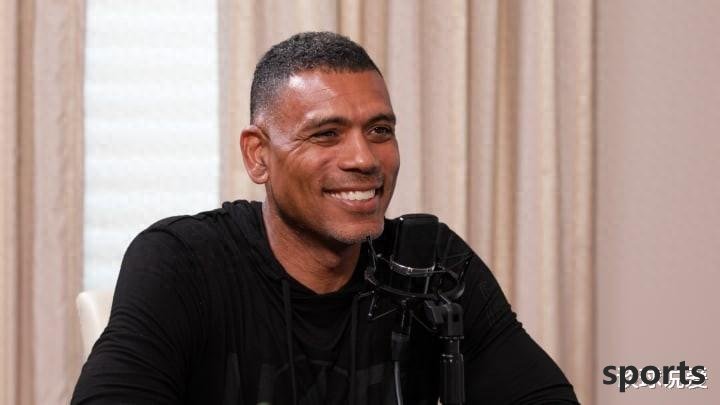
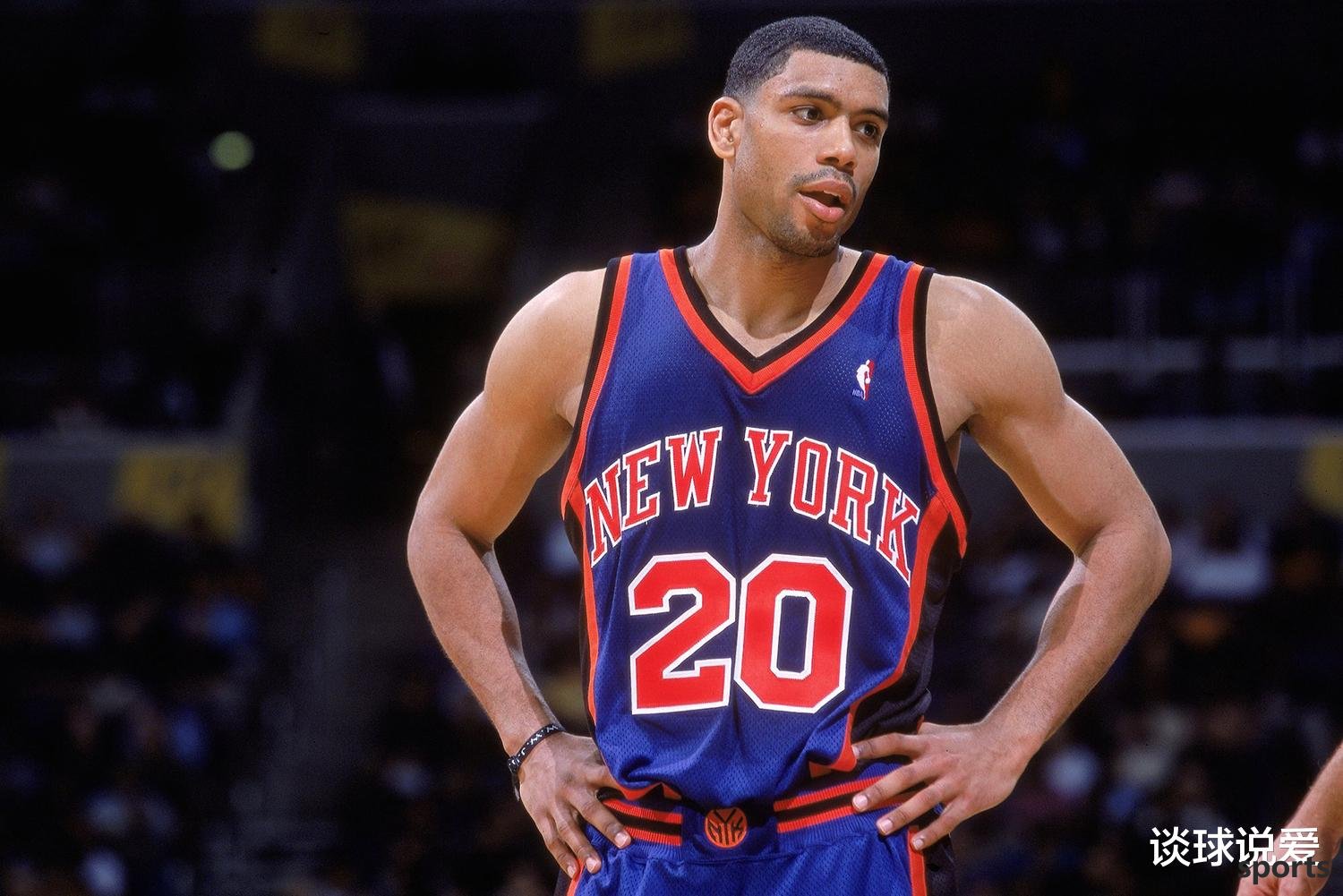
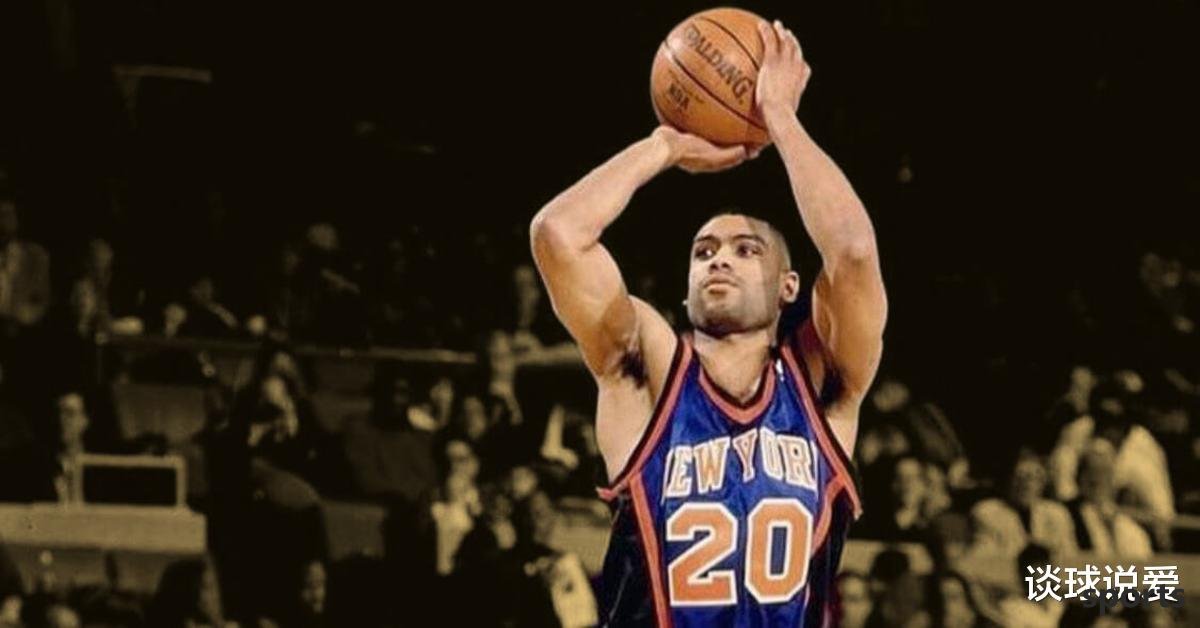
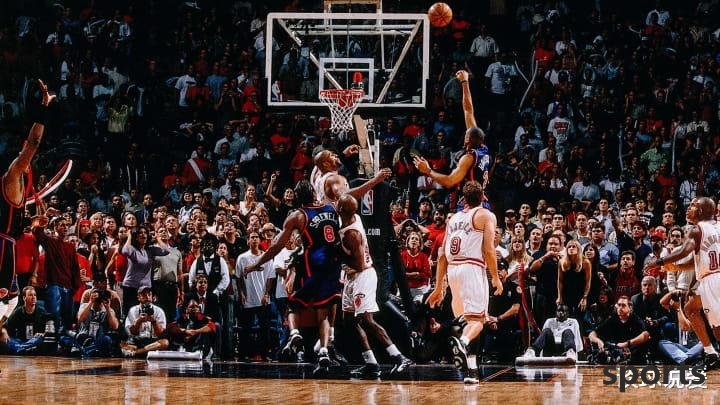
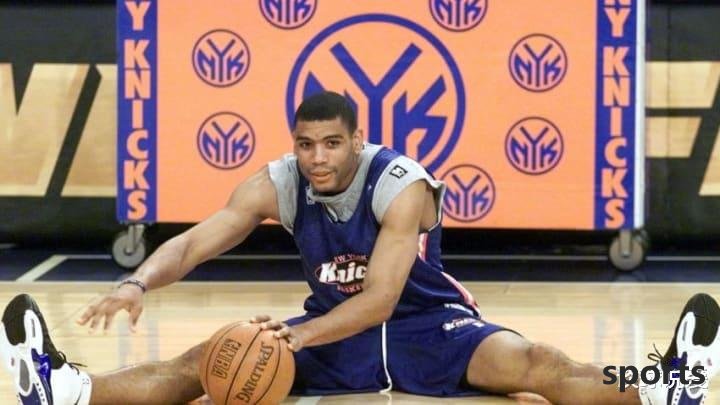
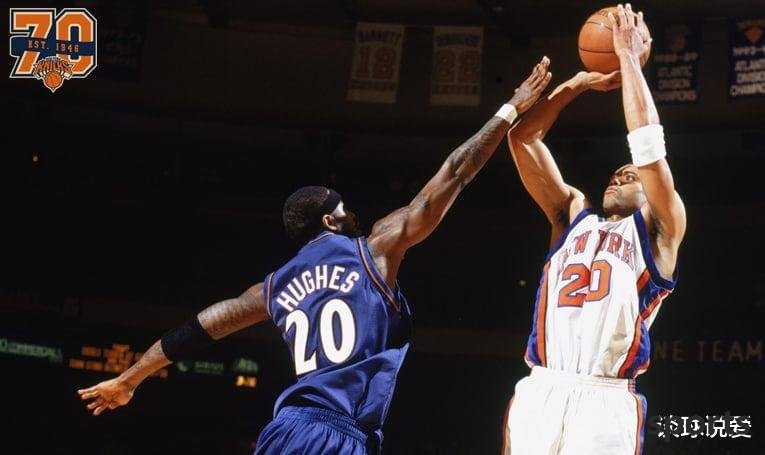
- Recent Posts
-
- Kidd is expected to stay in th
- If the forward general chooses
- Didn t get beaten? Pacers made
- It s about to make a rush! It
- Curry hints at strengthening t
- The Lakers are actively lookin
- The Suns are finally going to
- Silver: Hansen Yang or someone
- 16 points and 5 mistakes! Bein
- The Warriors official showcase
- Hot Posts
-
- After signing with the Trail B
- "NBA Finals G6" Thunder VS Pac
- Bill wants to complete a buyou
- Thunder substitute Caruso: Gre
- 2-1 in one game! WTA Berlin St
- First-time pick, 25th first-ro
- After the NBA Clippers trade,
- The latest news of the Warrior
- Rockets officially announced 5
- The Suns are finally going to
- Outrageous! The truth about th
- If 13 million is received, run
- US media questioned Yang Hanse
- Is Paul expected to join the L
- Paul George undergoes surgery
- On May 2, Pelinka s latest int
- 8 first rounds + 60 million sp
- Anthony: I ve been through man
- Cavaliers President: Mobley s
- The Warriors "beat" Gobert by
- search
-
- Links
-
